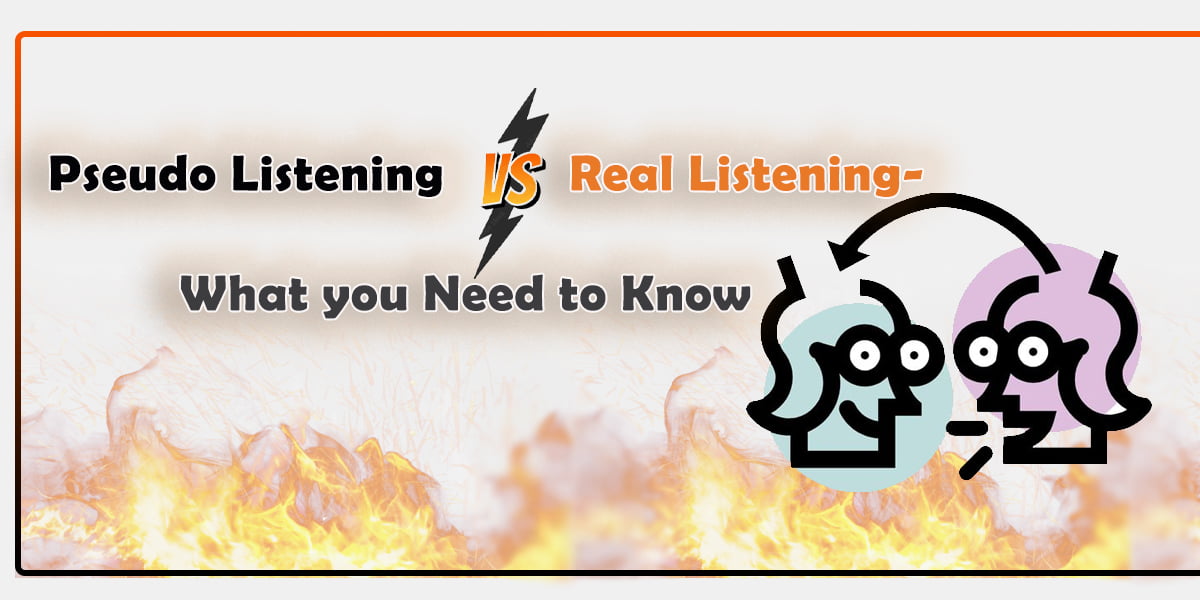Word chains are a time-tested phonics activity that has long been used in literacy lessons to engage students and reinforce foundational reading skills. This interactive game asks students to apply phonological awareness, decoding abilities, and orthographic knowledge as they generate new words by manipulating individual phonemes. In this comprehensive guide, we will explore the educational benefits of word chains, provide best practices for implementation across various grade levels, and share tips and resources for maximizing the impact of this versatile activity.
What are Word Chains?
At its core, a word chain involves linking a series of words that differ by only one sound. The teacher provides an initial word for students to echo, then challenges them to generate a new word by substituting one phoneme. For example, the teacher may say “map,” and students respond with “mat.” This continues as students practice phoneme manipulation to build longer connected word lists. It allow emerging readers to apply phonics generalizations in a low-risk format while strengthening skills like rhyming, segmenting, blending, and spelling.
Educational Benefits
Building Phonological Awareness
Word chains are highly effective for developing phonological awareness as students actively segment words into individual phonemes. They must listen carefully to identify the constant first and last sounds while substituting the middle phoneme. This skill of isolating and manipulating sounds lays an important foundation for reading. By changing only one sound at a time, students also practice phoneme blending as they generate new words. These phonological processes are strengthened through repeated practice with word chains.
Reinforcing Phonics Skills

It allow students to demonstrate mastery of letter-sound knowledge as they apply phonics to build new words. They must recognize the letter patterns for sounds and correctly combine phonemes. This reinforces sound-symbol relationships and common spelling alternatives. Students also internalize syllable patterns and word structures by generating words following the same phonics rules. The multisensory nature of physically manipulating letters and saying words helps cement these critical phonics skills.
Boosting Automatic Word Recognition
Seeing how words are related through similar rimes or onsets helps students recognize common spelling patterns across related words. Repeated exposure through word chains makes high-frequency words and orthographic patterns more automatic. Students begin to read words instantly rather than decoding them individually. This automaticity is a hallmark of fluent reading and comprehension. Word chains provide a meaningful context for encountering words that build familiarity.
Developing Oral Language and Vocabulary
The social-interactive nature of word chains promotes oral language development. Students must communicate with peers and teachers, discussing word features and justifying responses. This builds confidence with expression and extends vocabulary as students encounter new words. It also allow teachers to model more advanced language and discuss word meanings to expand students’ linguistic knowledge over time.
Providing Differentiated Practice
It can easily be adapted to meet diverse learners where they are. Teachers can control the complexity of words, several sounds changed, and the level of support. This allows struggling students to practice foundations while challenging advanced peers. All students get to participate meaningfully according to their abilities through differentiation with word chains.
Planning Effective Word Chain Activities

It is important to plan word chains intentionally based on students’ current phonics skill levels to maximize benefits. For beginning readers:
- Use picture cards to focus on high-utility letters like s, a, and t.
- Provide scaffolds like frames.
- For intermediate students, incorporate blends and digraphs into 3-5 word chains.
Advanced readers can generate longer, more complex chains. It is also beneficial to have materials available to support various learning styles. For kinesthetic learners, offer letter/sound tiles, boards, dry-erase boards, or slates. Display word webs or anchor charts for visual references. Consider having students record chains to reference later.
Tips for Implementation
Establish clear, consistent procedures and expectations for word chains. For example, students may be expected to echo the word, segment sounds while building it with letters, and then read the completed word before providing the next link in the chain. This routine keeps students engaged and provides accountability. It is also helpful to model the first few examples to demonstrate the flow. Start with short 2-3 minute sessions and gradually increase the duration as students’ stamina builds. Incorporate movement and gestures to engage multiple learning modalities further. Make word chains competitive by racing to complete longer chains or having teams construct words together. Most importantly, keep the atmosphere lighthearted and focused on celebrating success over mistakes.
Differentiating Word Chains
To differentiate:
- Consider the individual needs within your classroom.
- Provide advanced readers with more complex patterns or challenge them to generate their word chains.
- Scaffold instruction for developing readers by using picture cards, reducing the number of sounds changed between words, or giving the initial sound to complete the phrase—pair struggling students with peer tutors.
- Allow extra processing time or have students record chains to reference later.
You can also vary the level of support across multiple sessions on the same topic. With differentiation, word chains accommodate diverse learners.
Read More: Introduction to the Classic Word Guessing Game of Hangman
Maximizing the Benefits of Word Chains
To reinforce skills, display student-generated word webs or lists for reference. Incorporate target words into follow-up activities like sentence dictation, writing prompts, or matching pictures to printed words. Challenge students to sort words by rhyme families or spelling patterns. Invite parents to participate in take-home word chains. Assess understanding formatively through observation, participation, and student-teacher conferences. Most importantly, make word chains an engaging routine that students look forward to by keeping the atmosphere lighthearted and celebrating success. With regular practice and differentiation, it become a valuable tool for developing reading proficiency across grade and skill levels.
Additional Resources
For teachers looking to expand word chain instruction, many free and low-cost supplemental materials are available. Sites like TeachersPayTeachers, TheTeacherCafé, and TpT offer ready-made word chain worksheets, word sorts, and interactive notebooks tailored to specific phonics elements. Literacy-focused blogs publish templates for making letter tiles, boards, and other manipulatives to support word chain activities. Apps and online games let students play word chain games independently or in virtual groups. Consulting additional resources allows you to continually refresh and expand word chain lessons to maintain student interest.
In Conclusion
When implemented strategically across grade levels with differentiation in mind, word chains become a highly engaging and effective phonics activity. They provide a fun yet focused way for students to practice and demonstrate mastery of foundational reading skills. It also promote collaboration and teamwork. Most importantly, they keep students involved and celebrating success, building confidence as emerging readers. Regularly incorporating this versatile activity reinforces phonological awareness, decoding, spelling, and vocabulary in a memorable multisensory format. With proper planning and resources, word chains offer rich phonics instruction and literacy enrichment for all learners.




